Invoices are essential to most businesses in Australia and globally. The primary purpose of an invoice is to show records of a payment agreement from the business to the customer. They are designed as verification in written form that the client owes you money for the services or products your business has provided or will provide. And also, as a tax invoice for the client if it is to be a taxable deduction, used for warranties and proof of purchase. We have constructed a list of helpful tips to make sure your invoice is professional and well constructed.
We have provided you with a free template created in Word that you can adjust into your own format and business information. If you would like help or training with how to write up and issue sales invoices or general bookkeeping please contact us, and we can customise a service for you.
1. Layout and Design
Consideration and thought into your layout is just as important as the work you put into your business. Clear layout can stop confusion about how much is being charged, how much is owed, where, how and when to pay.
A good place to start is your business logo placed on the invoice header, this makes your document official, adds professionalism and easily identifiable to your clients. Making sure the document is lined up in neat and evenly spaced lines and columns. It also helps to use clear and simple fonts so your clients can seamlessly read and understand the information.
2. Date and invoice number
Adding an invoice number is essential to an invoice as it can be a point of reference for you and the client to keep documents in order, this is especially beneficial for tax season when paper work needs to be in order. Having unique numbers can cut down the time it takes to look back into your search and making auditing a breeze.
When figuring out how to create an invoice number there are a few different ways you can create one. A popular way of creating a unique number is using abbreviated names or projects (e.g., ABC001, ABC002, so on).
3. Company contact information
It is extremely vital that your invoice has your business contact information, either at the top or bottom. This is so the customer has an easy way to get in contact with you if there are any issues with the invoice or queries. The details that should be in this contact section would be, email, phone number, postal or business address and your ABN. Make sure your email is professional and related to your business such as [email protected] or if you have a domain to create a email using that domain, [email protected].
4. Client details
Add the customer details business or company name (if applicable), mailing address and contact information. This should be added below the header so that the client can easily check the invoice is correctly addressed to them. If you are unsure of any details confirm them with your client.
5. Payment due dates
No one likes getting paid late, it disrupts your own workflow, cashflow and accounting system not to mention having to chase up overdue payments can be time consuming, tiring and frustrating. When creating an invoice give the client a due by date they need to pay by. Make sure this date is located at the top of the invoice and in a slightly larger font, bold, italicised or in a different colour to make sure it isn’t missed (e.g., Payment due on 20 July 2021)
6. List of services/ products
The main section of your invoice is dedicated to the list of your services or products you are providing.
· Short Description of service/ product
· Quantity of materials used or sold
· Your hours
· Any billable rates
· Subtotals of each service provided (if applicable)
Having a template to use or master sheet of your services, prices, material costs and rates is handy to have and will help reduce the time spent writing invoices up as well as the stress that comes along with it.
7. Total Payment Amount & GST
On each row after you have entered the list of services/products enter the amount charged for each line. Make sure to have a total at the bottom of the invoice add the GST on another line and then a grand total including GST If you are registered. If you are not registered delete the tax line or leave it blank.
Do not charge GST if you are not registered for GST.
8. Payment details
At the bottom of the invoice, this is where you include the payment terms. What is your preferred option or is there multiple ways of payment; such as, over the phone, online CC payments, bank transfer and cheques. The best place to add these details are at the bottom of the page after the total is shown.
We hope this information helps you with your invoice construction, with the free invoice template it should make things much quicker and less of a chore. We would love to help you and your business move forward, we offer a range of services such as accounting, bookkeeping, business advice, financial planning, software training and tax returns. If you would like to know more give us a call ((08) 9306 2274) or email us.

